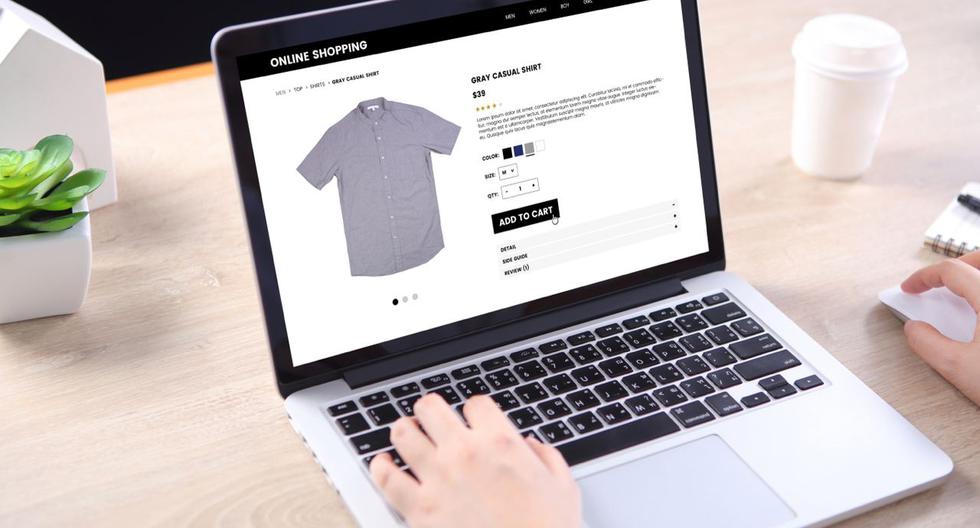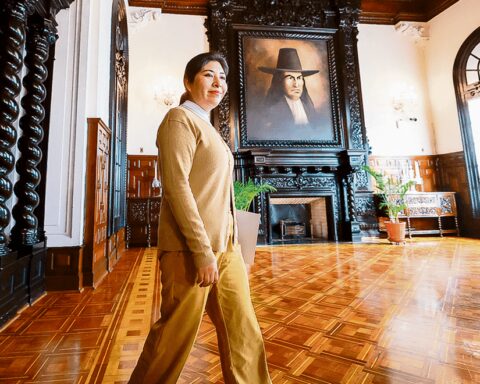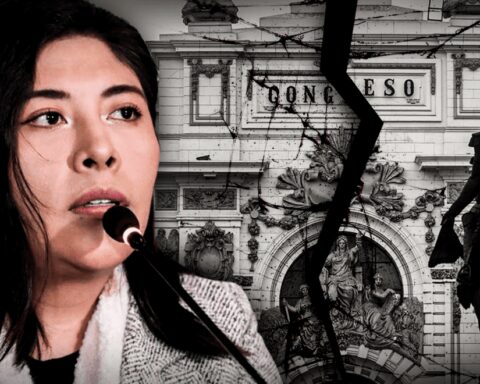The continuous advance of technology it has drastically changed people’s lifestyle; In addition, it causes more and more ways to facilitate navigation to be sought, especially for those who suffer from some ailment. Taking into account that, according to World Health Organization (WHO)15% of the global population has some type of disabilitythis means a challenge for its inclusion in different moments of the day to day, and sometimes the online shopping.
In Peru, according to the Ecommerce Observatory 2021 – 2022, prepared by the Peruvian Chamber of Electronic Commerce (CAPECE), there are more than 300 thousand businesses that sell digitally; with a penetration of online buyers in the country that went from 36.1% (11.8 million) in 2020, to 41.8% (13.8 million) at the end of 2021.
Faced with this unstoppable growth, Ecommerce must be thought from the diversity of its customers, in order to overcome the barriers of interaction. For this, it is essential to adapt to the characteristics of each of them, generating accessibility from the point of view of social responsibility and a commitment that transcends the digital.
LOOK: Minedu will offer virtual advice to ten thousand inclusive educational institutions
“When one talks about accessibility, one tends to consider only the extreme cases; however, dyslexia, reduced vision, hearing impairment, motor disability and even anxiety are some of the conditions that can condition the web experience. Implementing accessibility on our sites is a sign of empathy with each person. This improves the experience and at the same time generates a positive impact on customers and users”mentioned Daniel Guevara, Business Development of Ecomsur in Peru.
For Ecomsur, a leading company in fullcommerce, which provides a comprehensive e-commerce solution, regardless of the type of disability, websites must ensure that all people can perceive, understand, navigate and interact in the best way. Therefore, it provides four recommendations to implement more inclusive online stores:
- Spelling and color. It is suggested not always to base the search for products or services on a correct spelling, since the user could make a mistake by adding a letter or omitting an accent, obtaining a null result. In addition, it is important to use a good color contrast and font size to ensure correct reading.
- Clear information. Designing wide spaces will help people who have a hard time clicking accurately get the information they want to review more easily. It is also recommended to activate subtitles for audiovisual content.
- Zoom in contact: Have several communication channels available and that the buyer has the freedom to choose the way they want to be contacted. For this, it is important to place the relevant information at first sight.
- Provide help items: It is essential to maintain clear communication in calls to action. Images and diagrams can be used to support the text and make it easier to understand.
“Simplifying page design is a way to make it easier for customers to understand and use. Using clear titles, providing a way to find relevant pages, and making the purpose of a link obvious are some of the requirements for easy navigation.Daniel Guevara added.
People trust what they already know. For this reason, it is suggested that when changes are wanted or should be made to make an Ecommerce channel more inclusive, they be made progressively; always maintaining the essence of the brand; otherwise it could cause disinterest in consumers.
RECOMMENDED VIDEO
:quality(75)/cdn.jwplayer.com/v2/media/XBXpOHQV/poster.jpg)








